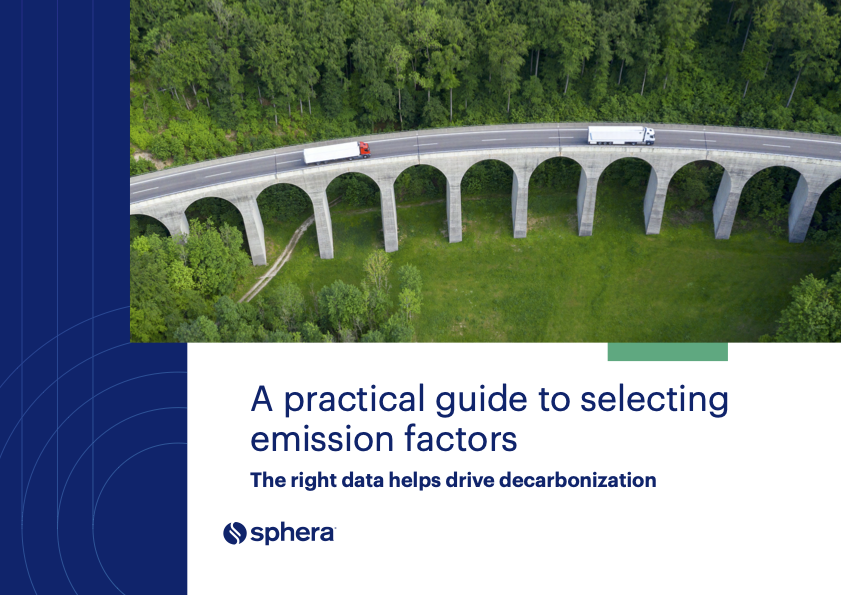Virtual Meetings and Climate Innovation in the 21st Century
Due to technological improvements, an increasing number of business trips can now be substituted by ‘virtual meetings’ and therefore help to minimize aviation-related carbon dioxide (CO2) emissions. For example, an Australian study has estimated that video-conferencing could avoid 2.4 million tonnes of national CO2 emissions, equivalent to 0.43 percent of the country’s total.
However, despite improved quality and reliability, and the qualitative change arising from new high definition technologies such as Cisco’s Telepresence and HP’s Halo, substitution from air travel to videoconferencing is happening relatively slowly. This is because of barriers such as: concerns about effectiveness of the technology; limited access to bandwidth and equipment; weak vendor incentives to push large-scale use; misalignment of user incentives and; a lack of strategic impetus in many organizations; and poor information about the benefits.
These barriers mean that videoconferencing is expected to have little impact on air travel, which is projected to grow by 4 percent a year for the foreseeable future. Growth will be even greater in developing economies such as China and India, who currently have only 60 and 20 air trips per 1000 people respectively, compared to 2,300 in the USA.
This paper argues that the current situation with marginal use of virtual meetings is not inevitable, and that the development of a global, open access, videoconferencing infrastructure could significantly reduce CO2 emissions, with many business benefits at the same time.









